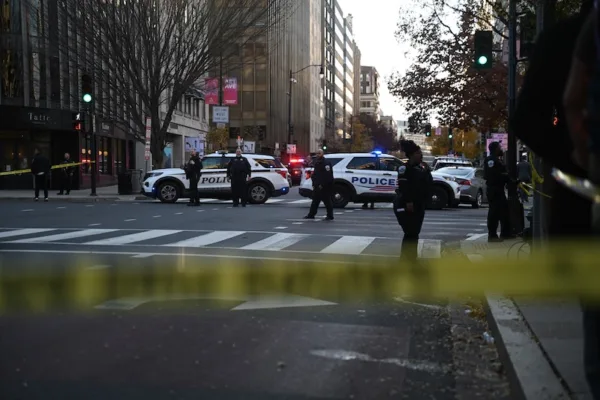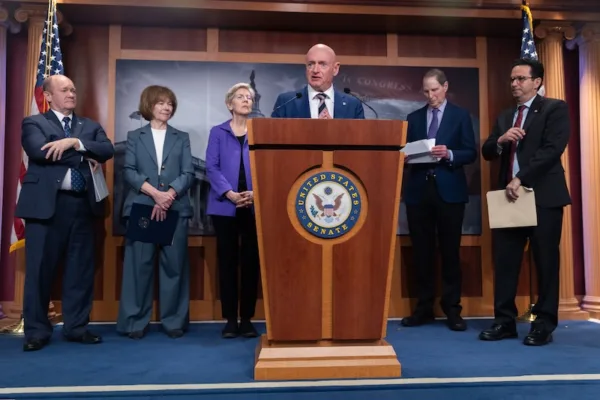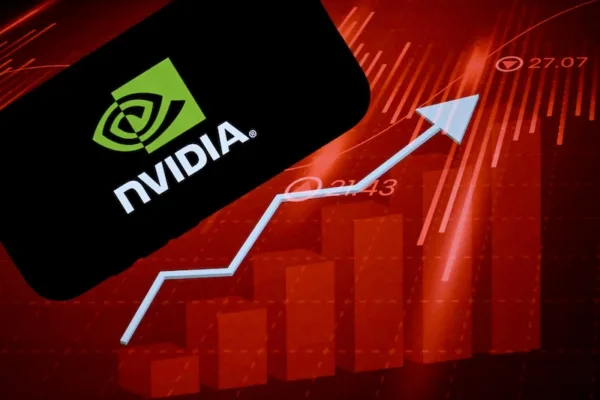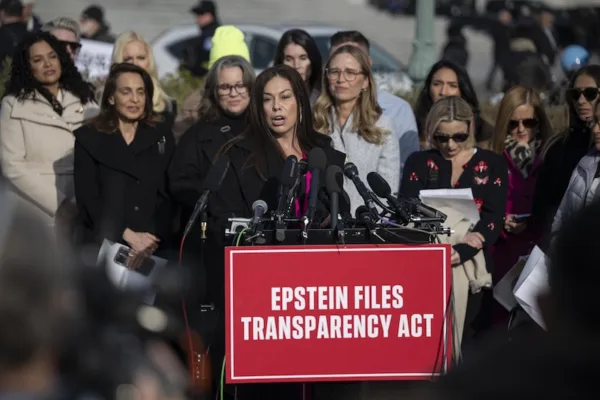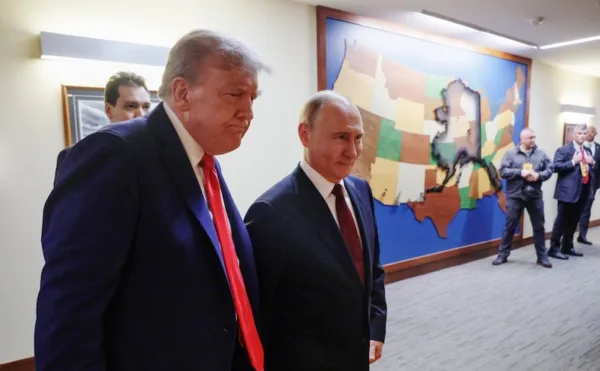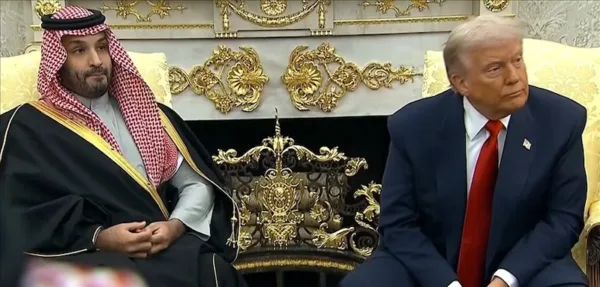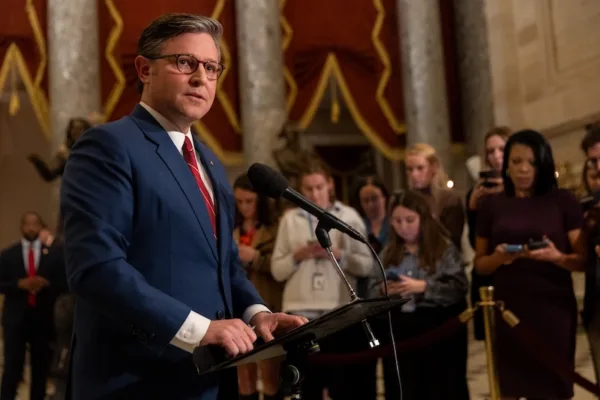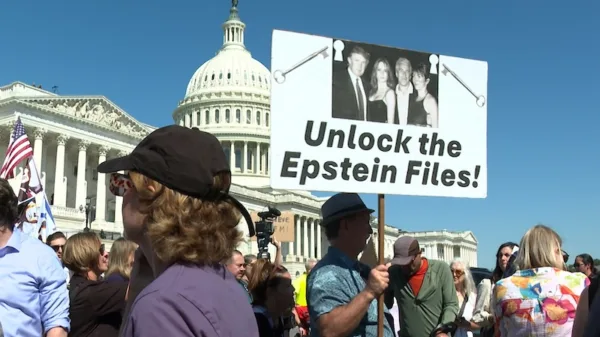Assessing Western aid to Ukraine: how far can it go?
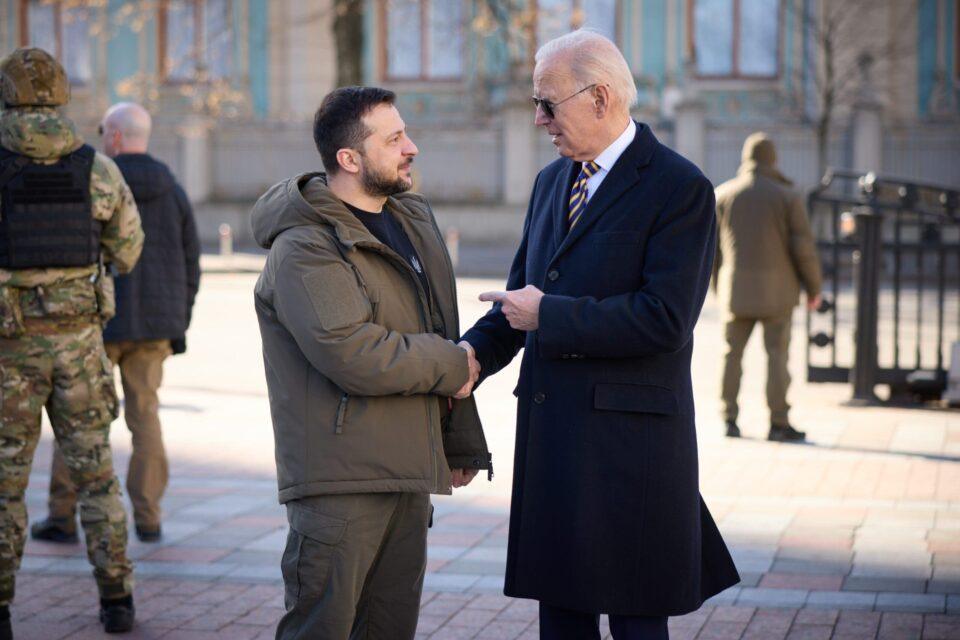
One of the prominent themes in the leaked secret documents from military and intelligence agencies was America’s concern about Ukraine’s war capacity. It had been reported in the press that the necessary missiles for the S-300 air defense systems that Ukraine uses could soon run out and that other ammunition was also running low. In fact, this information did not come as a surprise, as there had been a long-standing debate about whether the U.S. and Europe were producing enough ammunition fast enough to deliver what Kyiv needed. It had also been reported in the press that the readiness of the West’s own military capacity could be weakened. There had been a short-lived crisis between Germany and the U.S. over the delivery of Leopard tanks. The U.S. had also refrained from giving Ukraine long-range missiles, fearing a direct attack on Russia. All of this showed that despite Western Ukraine’s very intense military and financial support, it would not be enough to deliver a complete defeat to Russia. In the context of the leaked secret document revelations that occurred just before Ukraine’s counter-attack, which was expected to take place in the spring, Washington began to reassess the course of the war.
The Biden administration’s ‘full support’ policy towards Ukraine is generally accepted among foreign policy elites and experts. However, there are quite a few people who are uncomfortable with the open-ended nature of this “full support” expression. Especially after the Republicans took control of the House of Representatives in the midterm elections, unconditional aid to Ukraine began to be discussed more. Possible presidential candidate DeSantis had said, “Getting involved in the ‘regional dispute’ between Ukraine and Russia is not a vital interest when we have vital interests such as protecting our borders, ensuring our military readiness, achieving energy independence, and controlling China’s power.” Although DeSantis partially stepped back by saying that he meant Donbas and Crimea when the expression “regional dispute” caused a reaction, he reflected the opposition’s ambivalence towards helping Ukraine.
As the Biden administration continues to announce new aid packages for Ukraine, there is increasing pressure for the aid to no longer be tied to the progress of the war. It is natural for Ukraine to be determined to fight until both Donbas and Crimea are reclaimed based on the principle of territorial integrity. There are many who support continued support for Ukraine until Russia is completely defeated. However, there are a few issues at play here: 1) Western support is not at a level that can ensure victory, 2) military experts do not believe that it is possible to fully reclaim Donbas and especially Crimea, and 3) if the U.S. were to provide long-range missiles and F-16s, Russia may use nuclear weapons.
Those who believe that the likelihood of Russia using nuclear weapons is very low also point out that Putin cannot risk going to war with NATO by using nuclear weapons against Ukraine if he cannot handle the situation. Therefore, they argue that the Biden administration needs to provide advanced weapons systems to Ukraine as soon as possible, to show that it is not afraid of Russia’s nuclear weapons bluff.
While there is debate about the strategic importance of reclaiming Donbas and Crimea, there is also a discussion about whether it is realistic to expect a definitive victory over Russia. Some argue that even if the US provides advanced weapons, a definite victory is not possible, and instead suggest imposing heavy costs on Putin and proposing a ceasefire and negotiation process. They argue that a frozen conflict where the status of Donbas and Crimea is negotiated is preferable to a long-term, costly, and inconclusive conflict. This group is concerned that the U.S. military readiness is eroding and that it will not be able to respond effectively to a potential Chinese military intervention in Taiwan.
Therefore, they suggest that Kyiv should receive the support it needs until the end of the year to reach a stage of no clear resolution, after which ceasefire and negotiation efforts should be made. While this proposal is not official, it would effectively mean the loss of Donbas and Crimea. In this case, Russia would continue to use Sevastopol as a military port for operations against Ukraine and support for Syria.One of the important debates on the issue is the lack of serious support from the so-called global South countries for the support given by the West to Ukraine. At the beginning of the occupation, Russia was condemned by the UN, but non-Western countries continued their relations with Russia. China, India, Brazil, South Africa, and many other African countries seemed ready to compensate for Russia’s losses arising from breaking ties with the West, both diplomatically and partially economically. It is clear that Russia has suffered a significant loss and has been cut off from the West, and the cost of this is not negligible. However, a significant part of the world does not seem to have bought into the Biden administration’s historical struggle narrative between democracies and autocracies in the Ukraine war. Supply chain problems and the grain crisis also cool off these countries from the West’s unconditional support policy towards Ukraine.
The West’s inability to gain support from the global South, its military capacity being weakened, concerns about its inability to handle China’s intervention in Taiwan, and the lack of probability of taking back Donbas and Crimea, strengthens the arguments that support for Ukraine should be proportional to a political objective. If the military conflict, which is expected to intensify in the remaining part of this year, does not go beyond creating a new equilibrium of stalemate, we can predict that pressure to significantly reconsider support for Ukraine will increase.

